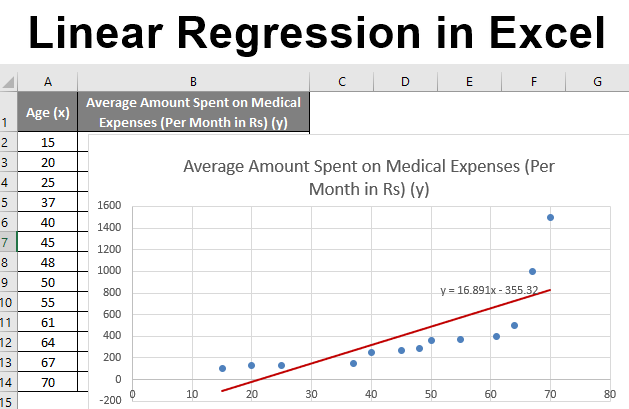
Now, click OK and Excel will perform the linear regression, and put the output on a new page:Ĭell B17 contains the “intercept” i.e. Since we have labels at the top of each data column (and included their cells in the ranges above) click the “Labels” checkbox and then click the “Line Fit Plots” checkbox.

Next, click inside the box labelled “Input X Range:” and then click on cell C1 and hold the left mouse button down and highlight cells C1 through C14 Scroll down until you see the “Regression” tool, click on it, then click OK.Ĭlick inside the box labeled “Input Y Range:”Ĭlick on cell B1 and hold the left mouse button down and highlight cells B1 throught B14 For ease of computation, it helps to put the dependent variable (Y) in the left column, and the independent variable (X) in the right column.Ĭlick on “Data” and then “Data Analysis” and a window like this will appear. You start by collecting a list observations or data, and recording them in your spreadsheet. due to other factors (age, years on job, etc.)

b = average change in Y (salary) given a one unit increase in X (education), i.e.a = average value of Y (salary) when X (education) is zero.Y i = value of Y (salary) for observation i.Suppose you want to determine whether a person’s salary is a function of his or her education level (measured in years). A linear regression is just a statistical tool used to determine whether or not two (or more) variables are linearly related.īefore you can perform a linear regression with Excel, you need to make sure the “Analysis ToolPak” is installed.


 0 kommentar(er)
0 kommentar(er)
